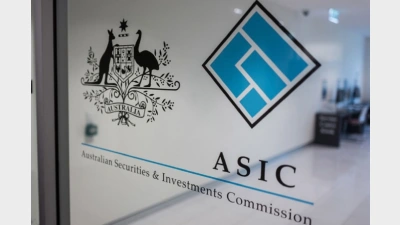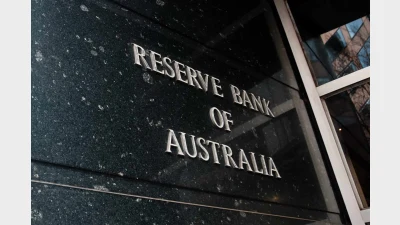Telstra Super CEO to step down



Telstra Super chief executive Martin Crowe has announced his intention to step down from his role at the end of August.
Crowe was appointed the fund's chief financial officer in 2000 before being promoted to company secretary in 2003 and then chief executive in August 2008.
"My time at Telstra Super has coincided with enormous change at Australia's largest corporate super fund and a period of significant transformation within the superannuation industry.
"After 41 years in the workforce I am looking forward to winding down and spending more time with my wife and our extended families in Australia and Ireland," he said.
Telstra Super chairman David Leggo said Crowe had been a big contributor to not only the fund, but also the super industry.
"As chief executive, Mr Crowe has led the fund through a phase of sustained product development and exceptional investment performance," he said.
The corporate fund rolled out a new health insurance offer in 2011 and new investment options in 2012.
Telstra Super plans to launch a new direct investment option for ASX300 shares and term deposits on 1 July, and its MySuper application has also been lodged.
Crowe has been on the board of the Association of Superannuation Funds of Australia since November 2011.
"Martin leaves Telstra Super with our best wishes and our appreciation for guiding the fund through a significant period of internal and external change and he leaves the fund well placed to meet the challenges of the new environment," Leggo said.
Recommended for you
Australia’s superannuation funds are becoming a defining force in shaping the nation’s capital markets, with the corporate watchdog warning that trustees now hold systemic importance on par with banks.
Payday super has passed Parliament, marking a major shift to combat unpaid entitlements and strengthen retirement outcomes for millions of workers.
The central bank has announced the official cash rate decision for its November monetary policy meeting.
Australia’s maturing superannuation system delivers higher balances, fewer duplicate accounts and growing female asset share, but gaps and adequacy challenges remain.










